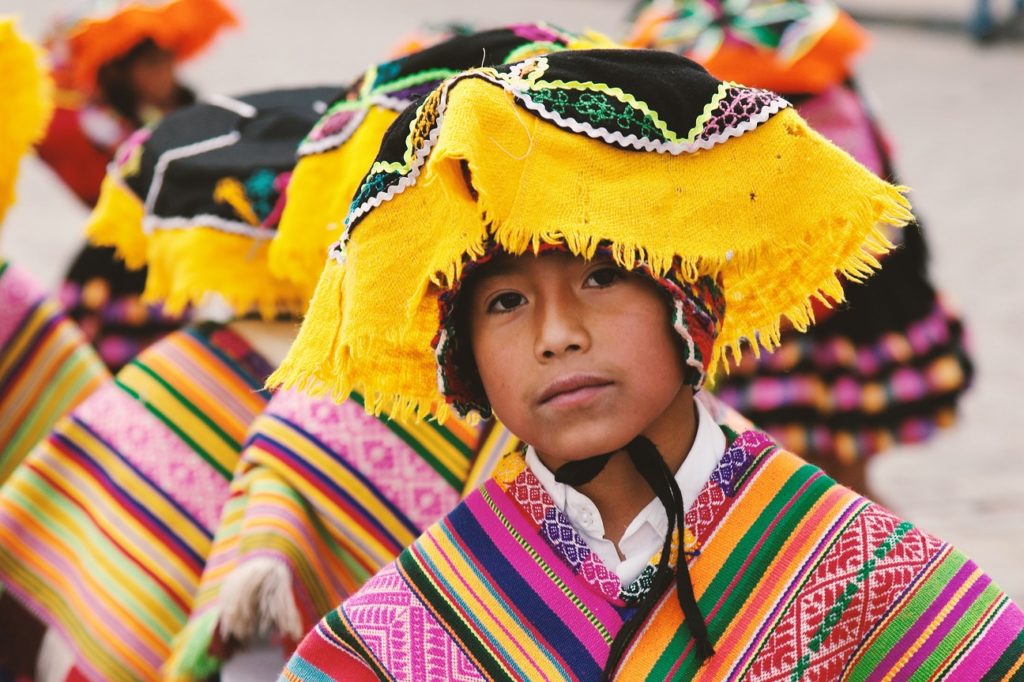As we have recently been translating a lot of documents from Spanish (Peru) to English, we thought we would do a short blog about Peru!


Travel is only made better when you can communicate and understand what locals are talking about. Peru is home to larger than life sights, and many of nature’s wonders. Peru has so much to offer, its time to experience their culture in an immersive way by speaking their language. See all the sights and discover what locals love to do.
Peruvian Facts
- 84.1% of Peruvians speak Spanish, 13% speak Quechua, and 1.7% speak Aymara, other languages that are spoken make up 1.2%.
- This makes speaking the local language even more important.
- The official name of Peru is the Republic of Peru.
- The second-largest portion of the rainforest is in Peru, after Brazil.
- 60% of the land in Peru is the Amazonian Rainforest.
- The Incan Empire was centralized in Peru.
- Guinea Pigs are a common food source in Peru
- Machu Picchu is an astronomical observatory.
- Machu Picchu was built before the invention of the wheel.
- The largest sand dune in the world is in Peru (Cerro Blanco sand dune)
- The highest lake in the world is Lake Titicaca in Peru, which borders Bolivia.
- Peru is home to the deepest canyon in the world (The Cotahuasi Canyon is 10,605 feet deep)
- Peru grows more than 3,000 varieties of potatoes.
- The national drink of Peru is the Pisco sour
- The world’s largest bird is native to Peru (Giant Andean condor)
- The tallest flowering plant is native to Peru and grows up to 5 meters in height (Puya raimondii)
Must-See in Peru
With all of the ancient history and natural wonders in Peru, you could spend a lifetime here and still feel like there is more to see. Here are the must-sees for your visit to Peru:
Machu Picchu
Roosted high upon an edge, 300 meters over the Urubamba River, the magnificent Incan city of Machu Picchu is one of the most breathtaking sights to visit. Nearly as amazing as the vestiges themselves is the awesome setting of steep, lavish, and frequently cloud-covered mountains. Watching out over Machu Picchu, the wilderness secured mountains, and the stream far beneath, it isn’t difficult to envision why the Incas picked this spot to assemble their city.
The Inca Trail
The renowned Inca Trail is a four-day climb, which ends at Machu Picchu, and is viewed by numerous individuals as the feature of their visit to Peru. This beautiful trail is is not a walk in the park but nonetheless a rewarding one. There are a few starting points for the Inca Trail, the most conventional starting point for the four-day climb is at kilometer marker 82 of the Cusco – Aguas Calientes rail line. Starting here, the trail passes over 30 Inca remains and crosses through some amazing views.
Cusco’s Architectural Treasures
Strolling through the roads of Cusco is like wandering through a historical center. It is also a UNESCO World Heritage Site. Cusco is full of Inca ruins which can be seen on beautiful old buildings as you walk through the narrow streets, exhibiting the city’s long history. Plaza de Armas, in the downtown area is home to the Cathedral and La Compania, two similarly noteworthy structures. The square is likewise an incredible spot to begin your visit, grab a bite, or just spend time looking at sights and people passing by. Keeping in mind that there are endless structures and exhibition halls worth visiting, the congregation of Santo Domingo, is one of Cusco’s must-see attractions.
Do you need Spanish to English translation? We have a team of 8 Spanish to English translators who provide high quality translations for our clients on daily basis. Including translation of legal and medical documents. Contact us at admin@moduslanguageservices.com for more information.
